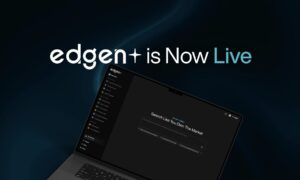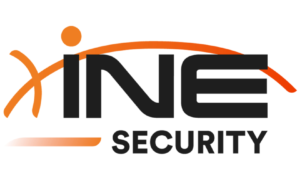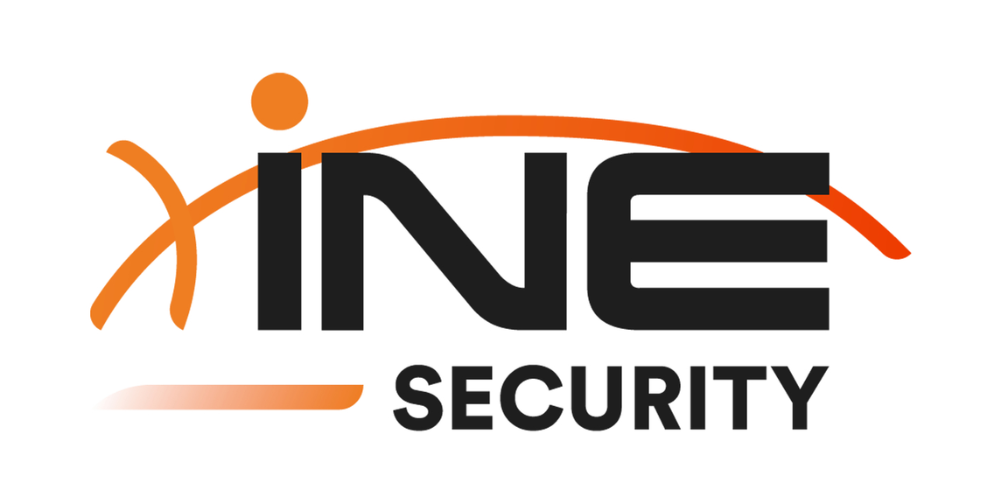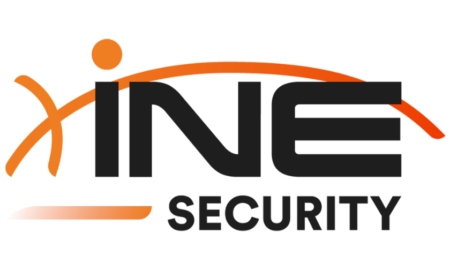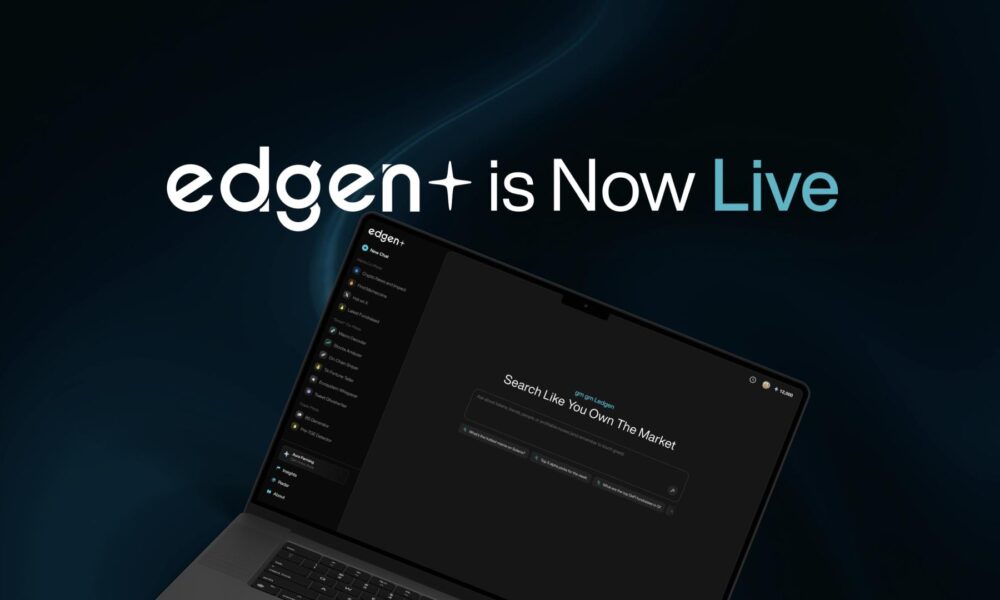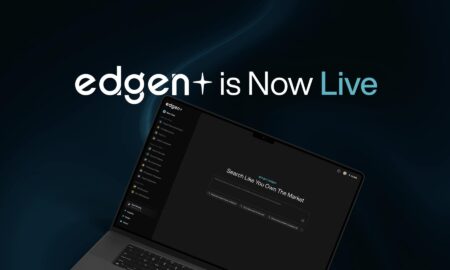A professional press release is a vital tool in public relations, serving as an official statement issued to media outlets to announce significant news or events. Crafting an effective press release requires meticulous attention to detail, adherence to industry standards, and an understanding of current trends and future projections in the field. This article delves into the essential components of a professional press release, supported by recent industry facts and figures, and explores anticipated developments in press release practices.
The Importance of Press Releases in Modern Public Relations
Press releases remain a cornerstone of public relations strategies, facilitating communication between organizations and the public through media channels. They are instrumental in building brand awareness, managing reputations, and disseminating information about products, services, or events. Despite the evolution of digital media, press releases continue to hold significant value.
According to a 2024 report by Cision, 92% of communications leaders agree that the C-suite has sought communications counsel more in the past 12 months than in previous years, underscoring the growing importance of strategic communication, including press releases, in organizational decision-making.
Essential Components of a Professional Press Release
A well-structured press release typically includes the following elements:
- Headline: A concise and compelling title that summarizes the news.
- Dateline: The city and date of the press release’s origin.
- Lead Paragraph: An introduction that answers the who, what, when, where, and why of the news.
- Body: Detailed information supporting the lead paragraph, including quotes and relevant data.
- Boilerplate: A brief description of the issuing organization.
- Contact Information: Details for media inquiries.
Adhering to this structure ensures clarity and facilitates the dissemination of information to media outlets and the public.
Current Trends in Press Release Practices
Recent trends have influenced how press releases are crafted and distributed:
- Digital Distribution: As of 2023, 90% of all press releases are sent to online or digital media outlets, a 14% increase from the previous year.
- Content Relevance: 37% of PR professionals state that a relevant press release subject is the most important factor in ensuring its publication, highlighting the need for newsworthy content.
- Multimedia Integration: 63% of companies plan to include multimedia elements (photos, videos, graphics) in their press releases, recognizing that such elements can lead to six times more engagement.
- Optimal Timing: Surveys indicate that 44% of journalists prefer to receive press release pitches before noon, with 22% favoring Mondays, suggesting that sending press releases on Monday mornings can increase their chances of being opened.
Future Projections in Press Release Practices
The landscape of press releases is expected to evolve with advancements in technology and changes in media consumption habits:
- Artificial Intelligence (AI): PR professionals believe that AI is one of the top five skills their companies will need to focus on over the next five years, indicating a shift towards AI-driven content creation and distribution.
- Data and Analytics: 42% of communications leaders are increasingly relying on data and analytics, suggesting that future press releases will be more data-driven to measure effectiveness and reach.
- Personalization: With journalists receiving an average of 300 emails every morning, personalized and targeted press releases are becoming essential to stand out and capture attention.
Best Practices for Crafting a Professional Press Release
To create an effective press release, consider the following best practices:
- Clarity and Conciseness: Keep the press release between 300 to 500 words to maintain the reader’s attention.
- Compelling Headline: Craft a headline with no more than 100 characters that uses strong action verbs to answer the question: “Why should I care?” and prompts your audience to continue reading.
- Incorporate Multimedia: Include images, videos, or infographics to enhance engagement and convey information effectively.
- Optimize for SEO: Use relevant keywords and optimize headlines and descriptions to improve visibility on search engines.
- Provide Contact Information: Include details for media inquiries, such as names, emails, and phone numbers, to facilitate communication.
Measuring the Effectiveness of Press Releases
Evaluating the success of a press release involves analyzing various metrics:
- Impressions: The number of times the press release is seen.
- Shares: The number of times the press release is shared.
- Clicks: The number of times people click on the press release.
- Conversions: The number of sales or leads generated from the press release.
- Time on Page: The amount of time people spend reading the press release.
Understanding these metrics can help improve future press release strategies.
Challenges in Press Release Distribution
Despite their benefits, press releases face certain challenges:
- Media Saturation: With journalists receiving numerous pitches daily, ensuring that a press release stands out is increasingly difficult.
- Maintaining Relationships: 42% of businesses report that reaching the right journalist is the biggest challenge with press releases.
- Measuring Impact: 59% of businesses express “getting responses from journalists” as their biggest challenge in PR campaigns, highlighting the need for more precise measurement tools to gauge the effectiveness of press releases and media outreach efforts. The challenge of proving the ROI (Return on Investment) of press releases persists, prompting companies to increasingly rely on advanced analytics platforms to track the impact of their communication efforts.
Strategies to Overcome Press Release Challenges
Given the evolving landscape of media relations and public relations, companies need to adopt specific strategies to overcome the challenges associated with press release distribution:
- Nurturing Media Relationships: Developing and maintaining relationships with journalists is critical for ensuring press release success. Personalized outreach and consistent follow-ups can enhance the chances of securing coverage. Investing in a good CRM (Customer Relationship Management) system for PR can help streamline contact management.
- Leveraging Influencer Partnerships: To combat media saturation, many organizations are collaborating with influencers who have niche audiences. According to a 2023 Influencer Marketing Hub report, 61% of PR professionals believe that collaborating with micro-influencers (those with 10,000-50,000 followers) is more effective than working with mainstream media for certain campaigns.
- Utilizing AI and Automation: To improve targeting and personalization, PR firms are increasingly turning to AI tools that can analyze vast amounts of data to predict what types of stories specific journalists or publications are likely to cover. AI-driven tools can also assist in crafting press releases optimized for SEO and engagement.
The Role of Press Releases in Crisis Communication
In times of crisis, a well-crafted press release can be a powerful tool to manage an organization’s reputation. Crisis press releases should be timely, transparent, and focused on factual information. By quickly addressing issues and outlining corrective actions, companies can mitigate negative public perception and regain trust.
A 2023 study by Edelman Trust Barometer revealed that 74% of consumers believe a company’s ability to communicate transparently during a crisis directly affects their trust in that organization. Press releases, therefore, play a critical role in ensuring that accurate information reaches the public promptly.
Key Metrics to Track for Press Release ROI
Measuring the return on investment for press releases goes beyond counting the number of publications or mentions. PR professionals are now looking at more sophisticated metrics:
- Backlinks and SEO Impact: One of the measurable benefits of a press release is the generation of backlinks from reputable sites, which improves a company’s domain authority and search engine rankings.
- Engagement Rates: Analyzing the level of engagement, such as social shares, comments, and likes, can provide insights into how well the press release resonated with the audience.
- Lead Generation and Sales Impact: By integrating tracking links within the press release, organizations can directly correlate press coverage to sales or lead generation activities.
- Media Pick-Up: Tracking the number of publications that pick up the press release can provide insights into the reach and credibility of the announcement. Tools like PRWeb and Meltwater can automate the tracking of media coverage.
The Increasing Importance of Multimedia in Press Releases
As digital content consumption continues to rise, the incorporation of multimedia elements in press releases is becoming a norm rather than an exception. Studies show that press releases with multimedia elements, such as videos, infographics, or high-resolution images, are 2.5 times more likely to be shared on social media platforms.
- Video Content: According to Wyzowl’s 2024 Video Marketing Statistics, 87% of marketers reported that using videos in their press releases significantly increased user engagement and click-through rates.
- Infographics: Visual elements like infographics help convey complex data or information in a more digestible format, increasing the likelihood of media pick-up and reader engagement.
Case Studies: Successful Press Release Campaigns
To illustrate the impact of effective press releases, let’s look at a few recent case studies:
- Apple’s Product Launch Press Releases: Apple consistently uses succinct, impactful press releases to announce new products. These releases are optimized for SEO, feature high-quality images, and include clear calls to action, driving massive media coverage and consumer interest.
- Nike’s Crisis Management Response: In 2023, Nike faced criticism over its environmental practices. The company quickly released a well-crafted statement that detailed its sustainability goals and outlined concrete steps to address concerns. The timely response helped mitigate backlash and restore public trust.
How Press Releases Contribute to Brand Authority and Thought Leadership
Press releases are not just about announcing news; they are also a powerful tool to establish thought leadership and enhance brand authority. By consistently issuing press releases on industry trends, research findings, or company initiatives, organizations can position themselves as experts in their field.
For instance, a study by the Content Marketing Institute in 2024 found that 58% of B2B marketers consider press releases an effective way to establish thought leadership and drive industry conversations. Companies that regularly publish insightful and data-driven press releases are often cited as sources by major media outlets, further enhancing their credibility.
Sustainability and Social Responsibility in Press Releases
As consumers become more conscious of environmental and social issues, companies are increasingly using press releases to highlight their sustainability initiatives. According to a 2023 Global Web Index report, 67% of consumers are more likely to support brands that demonstrate a commitment to sustainability and social responsibility.
When drafting press releases on sustainability topics, it is essential to:
- Use Concrete Data: Provide statistics and case studies to back up claims about sustainability efforts.
- Be Transparent: Acknowledge challenges and outline future goals to build trust with the audience.
- Focus on Impact: Highlight the tangible benefits of the initiatives, such as reduced carbon footprint or community engagement.
Future Trends in Press Release Strategies
Looking forward, several emerging trends are likely to shape the future of press release practices:
- Voice Search Optimization: As smart speakers like Amazon Echo and Google Home become more prevalent, optimizing press releases for voice search is becoming crucial. Using natural language and conversational phrases can help press releases rank higher in voice search queries.
- Blockchain for PR Verification: With the rise of misinformation, blockchain technology is being explored as a way to verify the authenticity of press releases. By timestamping and securing releases on the blockchain, companies can ensure that their announcements remain tamper-proof and trustworthy.
- Integration with Social Media Advertising: In the future, we can expect more integration between press releases and paid social media campaigns. Companies are likely to promote key announcements through social media ads to reach broader audiences and drive more traffic.
Conclusion: The Evolving Role of Press Releases in Public Relations
Despite the changing dynamics of digital communication, the press release remains a powerful tool in the arsenal of PR professionals. It serves as a trusted medium to communicate directly with the media, stakeholders, and the public. As the industry evolves, the key to a successful press release will be its ability to adapt to new technologies, leverage data-driven strategies, and focus on transparency and engagement.
By mastering the art of crafting a compelling and well-structured press release, companies can enhance their visibility, build brand authority, and achieve long-term communication goals. The future of press releases will be shaped by technological advancements, increased personalization, and a greater emphasis on measurable outcomes.
By staying informed of industry trends and applying best practices, organizations can continue to leverage press releases effectively in their communication strategies.


